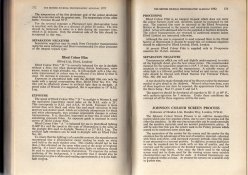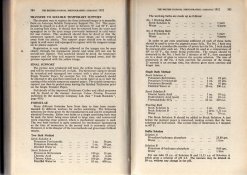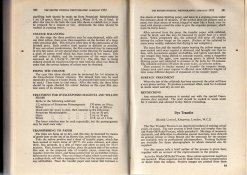holmburgers
Member
For what it's worth, a classic and "hard to find" book is David Doubly's book on Dye-Transfer. I say "hard to find" sarcastically, because one sold on eBay recently for over $100. However, I emailed with Mr. Doubly a few months earlier and he would've sent me a new one for $40.
HAH!
I think it's a good idea to start with a black dye and get the monochrome thing down. That's probably a route I haven't been considering strongly enough. However, I might start with a magenta or cyan just because the characteristics might change drastically when you decide to switch. But then again, you'd know how to deal with it by then, wouldn't you?
HAH!

I think it's a good idea to start with a black dye and get the monochrome thing down. That's probably a route I haven't been considering strongly enough. However, I might start with a magenta or cyan just because the characteristics might change drastically when you decide to switch. But then again, you'd know how to deal with it by then, wouldn't you?




















